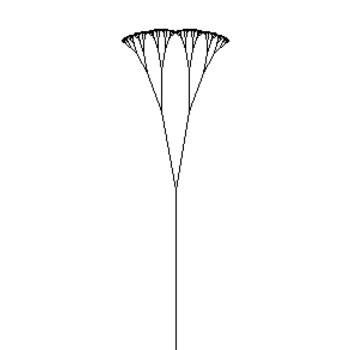Two non collinear position vectors #veca & vecb# are inclined at an angle #(2pi)/3#,where #|veca|=3 & |vecb|=4 #. A point P moves so that #vec(OP)=(e^t+e^-t)veca +(e^t-e^-t)vecb#. The least distance of P from origin O is #sqrt2sqrt(sqrtp-q)# then p+q =?
1 Answer
Jun 24, 2016
488
Explanation:
let
hence the distance of P from origin is given as the magnitude of
=
for the minimum length,
hence,

